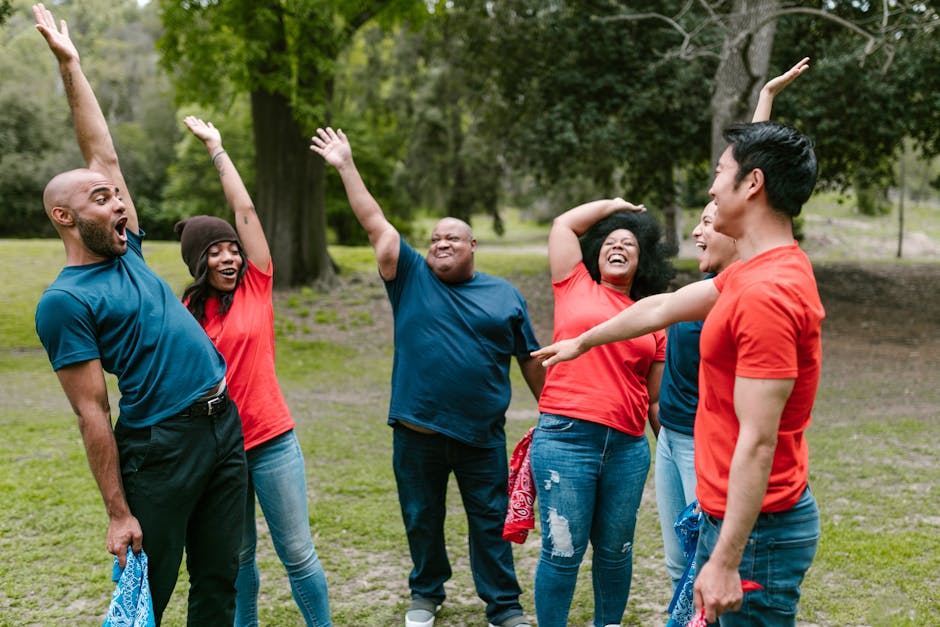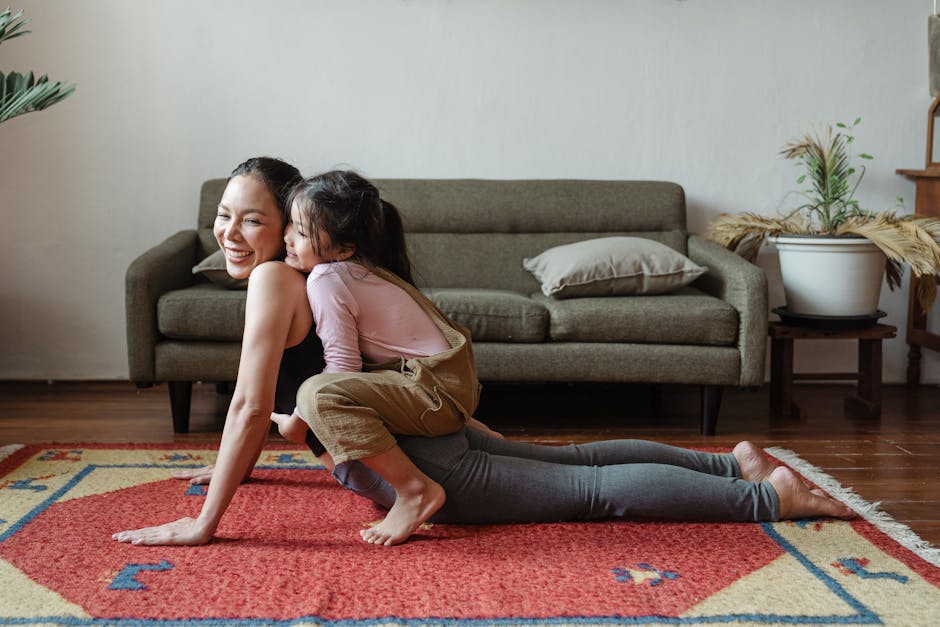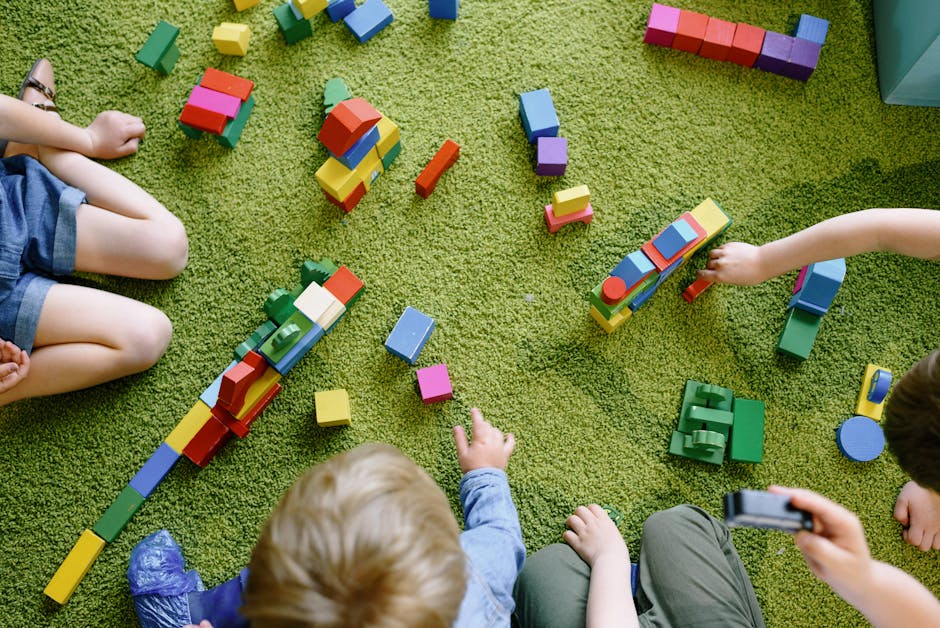Master the Art of Pet Communication: Visual Cues & Body Language
Are you struggling to communicate effectively with your pet? It can be frustrating. Imagine a world where your furry friend understands you as much as you understand them. “The Art of Communicating with Your Pet” pursues this reality through visual cues and body language, creating a deeper bond and enabling successful training. This engaging article will explore practical tips and insights that will not only make training easier but will also enrich your relationship with your beloved pet.
Understanding Your Pet’s Communication Style
Every pet has its unique way of communicating, and understanding these signals is the first step to enhancing training. Dogs and cats, for instance, convey their emotions through body language, facial expressions, and even tail movements. By tuning into these visual cues, you can better understand your pet’s feelings, making it easier to address their needs and shape their behavior.
The Psychology of Animal Communication
Understanding animal communication requires a basic grasp of psychology. According to the American Psychological Association (APA), animals express emotions similar to humans, although the manifestation differs. For instance, a wagging tail can convey happiness, while a tense body can signify fear. Learning to interpret these signals can enhance your training efforts significantly.
Four Key Elements of Body Language in Pets
-
Posture: The stance your pet takes can reveal a wealth of emotions. A dog standing tall may feel proud and confident, while a crouching cat may feel threatened. Keep an eye on these details, as they are often the first indicators of how your pet is feeling.
-
Facial Expressions: Although pets may not have the same range of expressions as humans, many can convey emotions through their eyes and mouths. A relaxed face usually indicates a calm state, while narrowed eyes may suggest wariness or aggression.
-
Tail Movements: The tail can express everything from excitement to anxiety. A wagging tail could mean happiness, but when it’s held low, your pet might be feeling submissive or afraid.
-
Vocalizations: While some may consider barking or meowing as mere noise, recognizing the subtle differences in sounds can signify different moods or needs. For example, a high-pitched bark could indicate excitement, while a low growl may warn of discomfort.
By mastering these components, you can improve your communication with your pet, paving the way for more effective training and bonding.
Practical Tips for Using Visual Cues
Using visual cues can significantly enhance your pet's responsiveness during training. Here are some practical tips to implement this approach:
1. Establish a Consistent Routine
Pets thrive on routine. Establishing consistent signals associated with specific actions or commands can make it easier for your pet to understand what is expected of them. For example, always using the same hand signal when teaching a sit command reinforces the behavior.
2. Use Positive Reinforcement
Reinforce good behavior using visual cues along with vocal commands. For instance, if your dog sits when you raise your hand, reward them immediately using treats and praises. This method not only encourages compliance but also links the action with your specific visual cue, reinforcing future behaviors.
3. Pay Attention to Your Positioning
Where you position yourself matters. Getting down to your pet’s level can create a more relatable environment, allowing for clearer communication. Leaning forward with an inviting gesture can make your pet feel more comfortable and encouraged to engage.
4. Read Their Cues
Just as you would use visual cues, make sure you are also attuned to your pet’s responses. If your pet is unsure of what you’re asking or seems hesitant, take a moment to reassess your approach. This mindfulness fosters a supportive learning environment.
Resources for Enhanced Training

If you want to dive deeper into the science of improving your pet's behavior and training, consider exploring related topics such as color psychology in pet training or neuroscience applications in pet training. These articles can provide additional insights that enhance your training strategy.
Enhancing Training Through Bonding Activities

When attempting to train a pet, it’s crucial to also focus on enhancing the bond you share. Here are some bonding activities that can serve dual purposes: strengthening your connection while simultaneously training your pet.
1. Playtime

Incorporating play into training sessions can make the process enjoyable for both you and your pet. Use toys, agility courses, or obstacle challenges to engage your pet. These activities can enhance both communication and trust, making your pet more responsive.
2. Explore New Environments

Taking your pet to new environments can boost their confidence and responsiveness. Outdoor adventures allow pets to explore a variety of stimuli while helping them become accustomed to different sights, sounds, and smells, ultimately bolstering their communication with you.
3. Embrace Mindfulness Activities

Mindfulness exercises can strengthen your bond through shared experiences. Meditation or breathing exercises done with your pet can create a calm atmosphere, allowing clearer communication during training sessions. Check out our article on mindfulness for pets for more practical techniques.
Using Visual Cues in Different Situations

Understanding how to effectively employ visual cues and body language during various scenarios can greatly enhance your pet's training and behavior.
1. During Socialization

When introducing your pet to new experiences or other animals, use visual cues to signal positivity or caution. For example, an open palm can indicate to your dog that it’s time to play, while a firm hand gesture can discourage unwanted behavior.
2. Home Environments

Creating a harmonious home environment also benefits from the use of visual cues. Establish signals for calm behavior, such as ‘settle’ by guiding your pet to their designated quiet space using a hand signal. This can help maintain a peaceful atmosphere while reinforcing training.
3. Emotional Support Training

Animals, especially therapy dogs, require specialized training to become effective emotional support companions. In these cases, utilizing visual cues and body language can significantly boost their ability to recognize and respond to human emotions.
Further Reading

If you’re curious to learn more about using other sensory elements to enhance training, you could consider exploring our piece on aromatherapy for pets. This complementary topic covers how scents can influence behavior.
The Importance of Consistency in Training

Consistency is vital for effective training. Always use the same visual cues for actions and commands to prevent confusion for your pet. Reinforcement, feedback, and patience are necessary to encourage your pet to connect the dots.
Next Steps

-
Observe Your Pet: Spend time noting your pet's body language and vocalizations. Become conscious of how they communicate, as this is invaluable information for training.
-
Establish a Routine: Set up consistent commands and visual cues that can be repeated in regular training exercises.
-
Engage with Training: Make training fun by incorporating play and exploration into your routine.
-
Seek Knowledge: Read related articles to continually enhance your understanding of pet behavior and new training techniques.
-
Build Trust: Remember, building a relationship takes time. Be patient, and your efforts will surely pay off.
By mastering the art of communication through visual cues and body language, you'll not only enhance your pet's training but also deepen the bond you share. Pets thrive when they understand what is being asked of them, and by translating your messages into their language, you'll create a harmonious environment where both of you can flourish.
Final Thoughts
Effective pet communication involves much more than just words; it’s an art that combines understanding, signs, and signals. By learning to recognize and respond to your pet's body language, as well as by employing your own visual cues, you set the foundation for a thriving relationship filled with trust and companionship. What might seem like simple gestures can lead to fulfilling connections and a more successful training journey.











